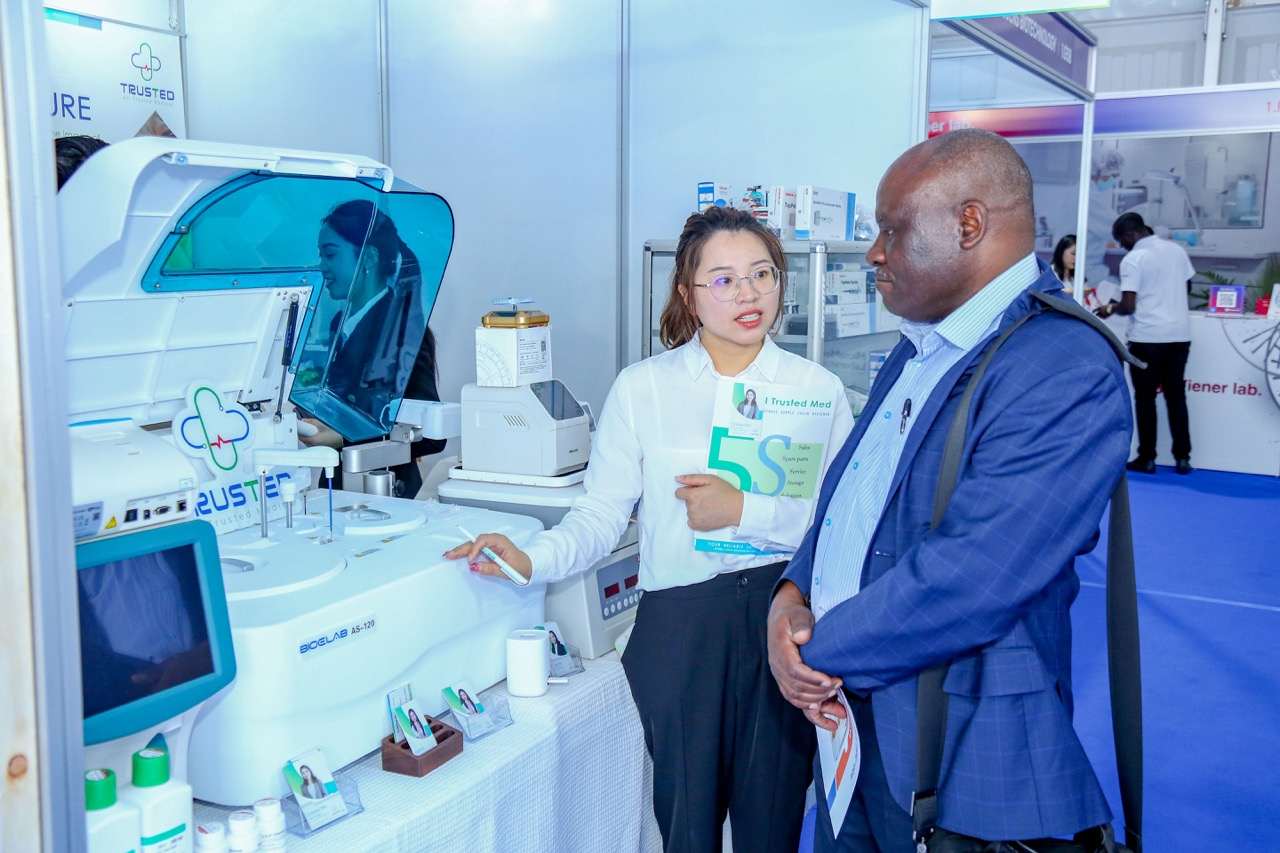A wave of innovation reshaping everyday life is driven by the rise of Information and Communication Technology (ICT) in Kenya, with mobile phones in nearly every hand and internet coverage expanding nationwide. Nairobi’s ICT boom affects everything from financial tools to transportation and healthcare.
eHealth uses ICT to enhance health services. Telemedicine services, mobile health (mHealth), electronic health records used in health systems, big data, and wearable gadgets that track health metrics are all considered eHealth by the World Health Organization (WHO).
EHealth must be affordable and secure for health systems to improve, despite mixed research. eHealth could improve East African service delivery and access to care.
To comprehend the potential benefits of eHealth in the region, it is necessary to comprehend its origins and how the emerging healthcare landscape is influencing its current implementation in Africa.
Read also: UNDP, Unilag launch AI UniPOD to empower students
eHealth for healthcare savings and insurance
EHealth has long supported connecting consumers to the health system or providing health insurance or savings plans. The first phase of its adoption in East Africa focused on this.
Kenya and Tanzania became lively health innovation testing grounds after the late 1990s mobile phone boom and the 2009 introduction of undersea fibre connection cables (providing 4G internet). The 1980s saw national hospitals explore ways to digitise their health records, but patient-centred innovations came after the 2008 financial crisis.
In Kenya, Safaricom’s M-Pesa mobile money programme is successful. Investors wanted to examine how health could benefit from mobile banking services as more people used them.
Over 30% of continental households must borrow or sell assets to pay for medical treatment. Nearly 40% of Ugandans, 34% of Tanzanians, and 25% of Kenyans pay their health expenditures privately. Non-state-regulated medical prices impact low-income houses.
Mobile health platforms like M-TIBA health wallet, a mobile savings scheme for low-income Kenyans, arose to bridge these gaps. Others, like Changamka Microhealth, promoted microinsurance to Kenyans, which later launched Linda Jamii health insurance for 18–75-year-olds.
Changamka Microhealth and Linda Jamii could not focus on low-income homes due to the high prices of most Kenyans. M-TIBA customers complained that the system “gave them access to particular health clinics and not to others.”
EHealth was criticised for exacerbating the wealth divide when these services reemerged with a concentration on middle and upper-class people.
The digital health revolution is entering a new phase as private actors collaborate with state entities like Kenya’s National Health Insurance Fund (NHIF). EHealth increasingly supports universal health coverage.
UHC Access with Digital Health Partnerships
A WHO analysis anticipates a 5.3 million health professional shortage in Africa by 2030 due to underinvestment in training and employment. Kenyans protest over a lack of skilled health personnel.
UHC, which requires integrated primary care networks, is being implemented in several countries to address these challenges. The Kenyan government registered residents on the UHC database and sent public health messages during the COVID-19 pandemic using M-TIBA.
Digital transformation can relieve frontline medical professionals by increasing patient data. Artificial intelligence and the Internet of Things can help nurses diagnose and treat patients faster, relieving stress. Telehealth can enhance access and save expenses, especially in remote areas with few doctors.
Read also: EU helps Nigeria innovate technologies
Navigating the East African Investment Platform
Video conferencing, medicine administration, and patient diagnostics demonstrate that African-led health research and capacity building improve treatment. eHealth has moved from medical insurance and savings to regional UHC enablement.
By sharing knowledge, collaboration between government and corporate parties will help East Africa overcome its public health issues.
Events like this one are meant to serve as a vital stage for introducing and assisting with adopting revolutionary technology that provides East Africa with the newest medical solutions.
